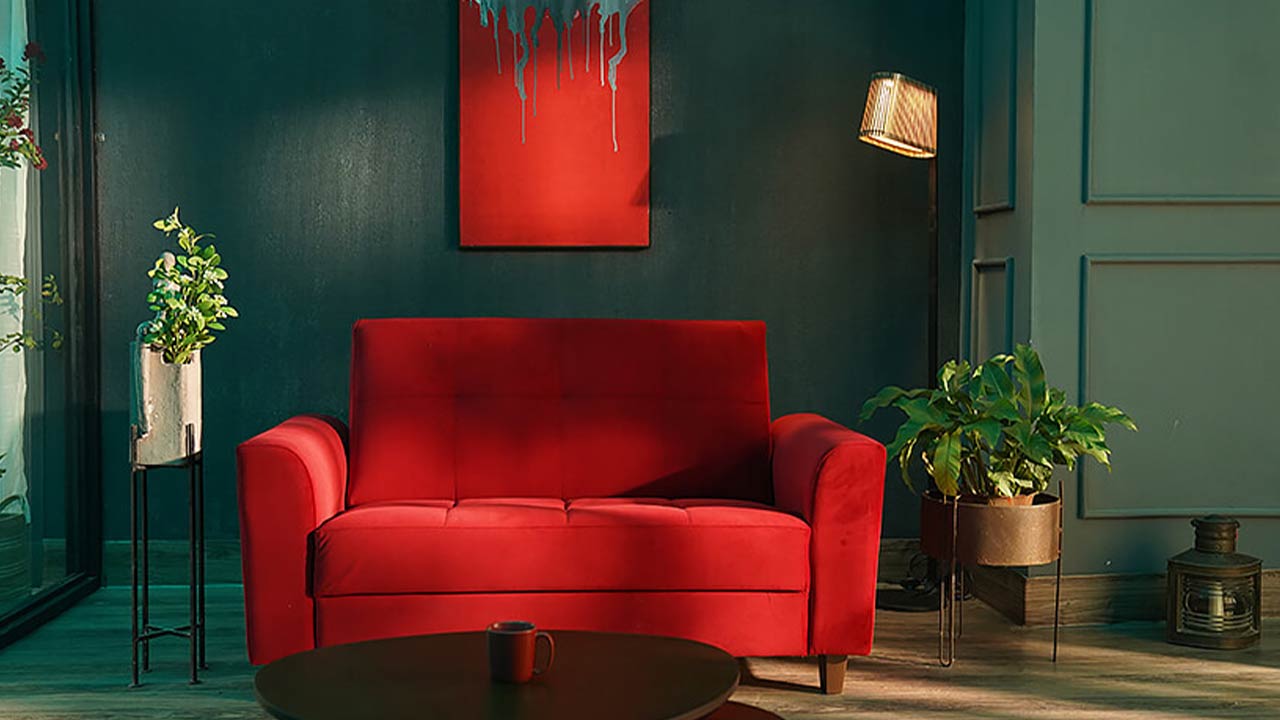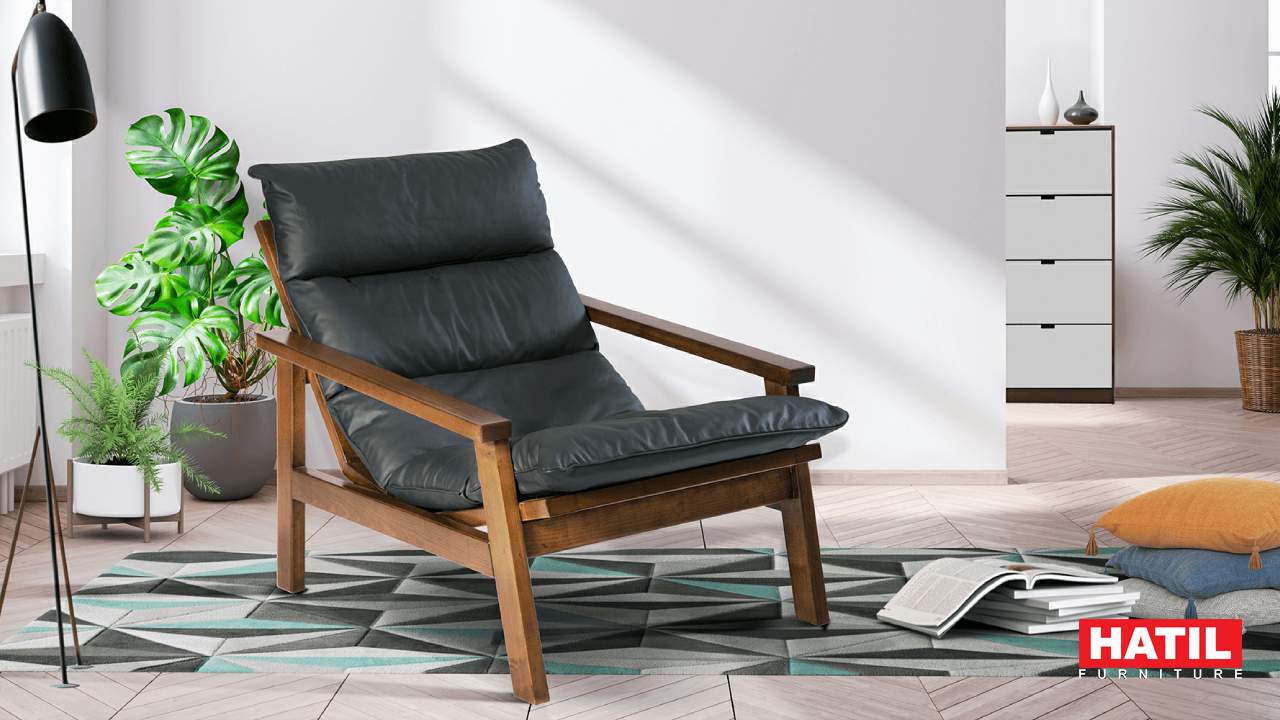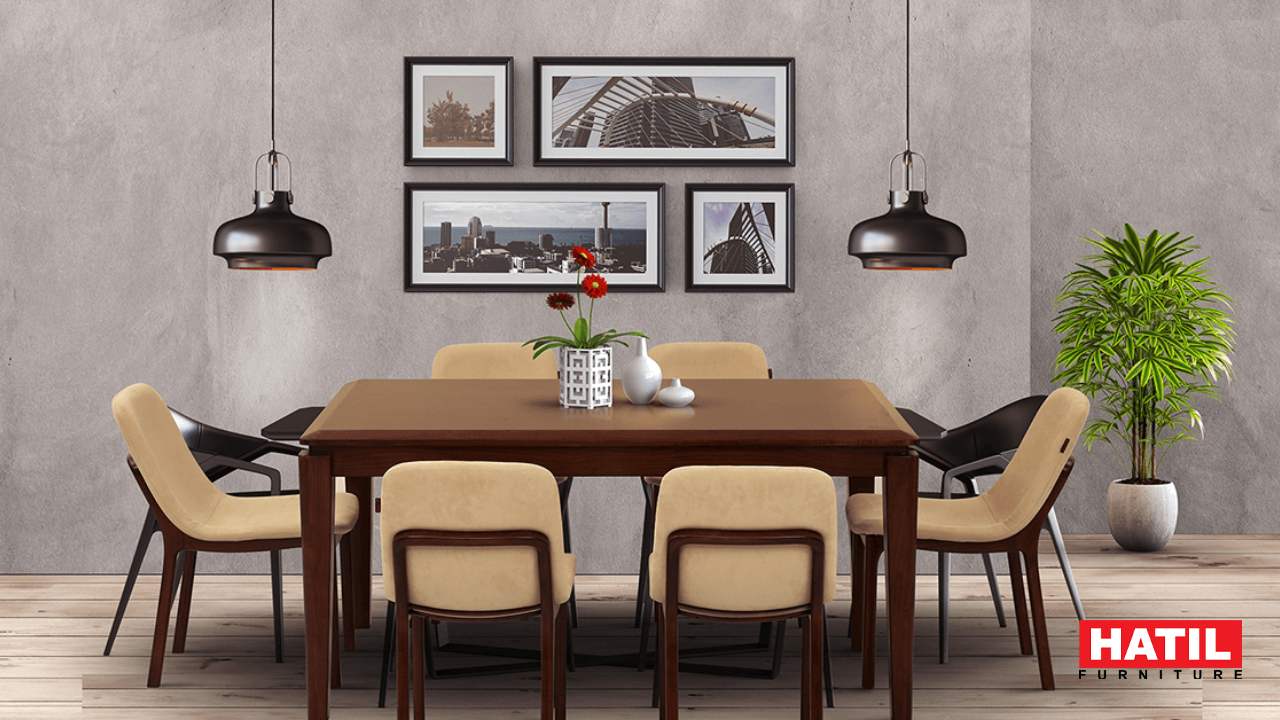Are you looking for a way to refresh your home without spending a fortune on renovations? Do you want to create a cozy and inviting space that reflects your personality and style?
If so, one of the easiest and most effective ways to transform your home is by choosing the right furniture color.
Furniture color can make or break the look and feel of a room. It can enhance the mood, complement the architecture, highlight the focal points, and tie everything together.
But how do you choose the right furniture color for your home? How do you avoid clashing colors, boring neutrals, or overwhelming patterns?
Understanding Your Home’s Style and Ambiance
Choosing the right color for your furniture can transform your home into a stunning space that reflects your personality and taste.
But how do you find the perfect hue for your rooms? Start by observing the existing elements of your home, such as the walls, floors, curtains, and accessories.
What colors and styles dominate each space? What kind of vibe do they create? Do you want to enhance that vibe or change it completely? Maybe you want to make your living room more cozy and inviting, or your bedroom more calm and relaxing.
Whatever your goal, knowing your home’s current look and feel will help you pick furniture colors that match your vision.
Considering the Size and Layout of Your Space
When it comes to furniture color, size does matter. The dimensions and shape of your rooms can influence how colors appear and affect the overall mood.
If you have a small room, you might want to opt for lighter hues that brighten up the space and make it seem bigger. Think of soft neutrals like whites, beiges, and grays, or delicate pastels like pinks, blues, and greens. These colors can reflect natural and artificial light, creating a fresh and airy atmosphere.
If you have a large room, you can experiment with darker and richer colors that add warmth and personality to the space. Try bold colors like reds, purples, and oranges, or deep colors like navy, burgundy, and chocolate. These colors create a cozy and intimate feeling, making the room more inviting.

Harmonizing with Colors
Achieve harmony by selecting furniture colors that blend with your decor. The 60-30-10 rule divides your space into dominant (60%), secondary (30%), and accent (10%) colors. For instance, pair white walls (60%) with gray furniture (30%) and yellow accents (10%). Explore warm, cool, and neutral color families. Warm tones like reds foster sociable environments. Cool blues induce tranquility, great for bedrooms. Neutrals like grays offer timeless elegance; just add bursts of color to prevent monotony. This approach ensures your living room furniture complements existing aesthetics, maintaining a balanced and engaging ambiance throughout your space.

Lighting and Its Impact on Color Perception
Lighting can make or break your furniture color choices. It can affect how colors look and feel in your room, and how they match or clash with your walls and accessories.
Natural daylight brings out the true colors, while artificial lighting may alter the perception. Consider the lighting conditions in each room and how they interact with your furniture color choices.
If your room has a lot of natural light, you have more freedom to choose any furniture color you like. However, you may want to avoid colors that are too bright or too dark, as they may lose their appeal or dominate the room in natural light.
If your room has a lot of artificial light, you may want to choose colors that are more muted or subdued, as they may create a cozy and elegant mood in artificial light.
Testing and Sampling Furniture Colors
Before committing to a specific furniture color, you should test how your furniture color looks under different types of lighting.
Here’s how you can do that:
-
- Bring home some fabric swatches or paint samples of your furniture color and place them in various spots in your room.
-
- Observe how your furniture color changes under natural and artificial light throughout the day and night.
-
- Compare how your furniture color harmonizes or contrasts with your wall color under different types of light.
Viewing furniture colors in your home’s lighting conditions will give you a realistic sense of how they will complement your space.

Seeking Professional Advice and Inspiration
If you feel stuck or unsure about your color options, don’t hesitate to ask for help from a professional.
A furniture salesman, an interior designer, or a color expert can offer you valuable tips, recommend colors that suit your style and taste, and help you create a stunning and harmonious interior.
You can also find plenty of inspiration and ideas online. Browse through home decor blogs, websites, and magazines, or check out social media platforms like Pinterest or Instagram.
You’ll discover countless examples of beautiful and creative furniture color combinations that you can adapt to your own home.
Considering Longevity and Flexibility
Furniture color is not only a matter of taste but also a matter of practicality. Trends may tempt you to choose trendy colors, but they may not last long or suit your changing needs.
Timeless colors, on the other hand, can offer you more flexibility and durability. Neutrals like beige, gray, and cream are classic colors that can work with any decor theme.
Investing in furniture with enduring colors allows you to update your decor without having to replace major furniture pieces. Think about the long-term impact of your color choices and how they can grow with you and your style.
Final Words
Choosing the right furniture color is an exciting and creative process that can transform your home into a personalized and inviting garden.
Understanding your home’s style, considering the size and layout of your space, and harmonizing with existing colors are essential steps in the decision-making process. Exploring different color families, reflecting your personality, and being mindful of lighting conditions will further enhance your furniture color choices.
By testing and sampling colors and seeking professional advice, you can confidently curate a harmonious and inspiring interior that reflects your unique style and taste.





